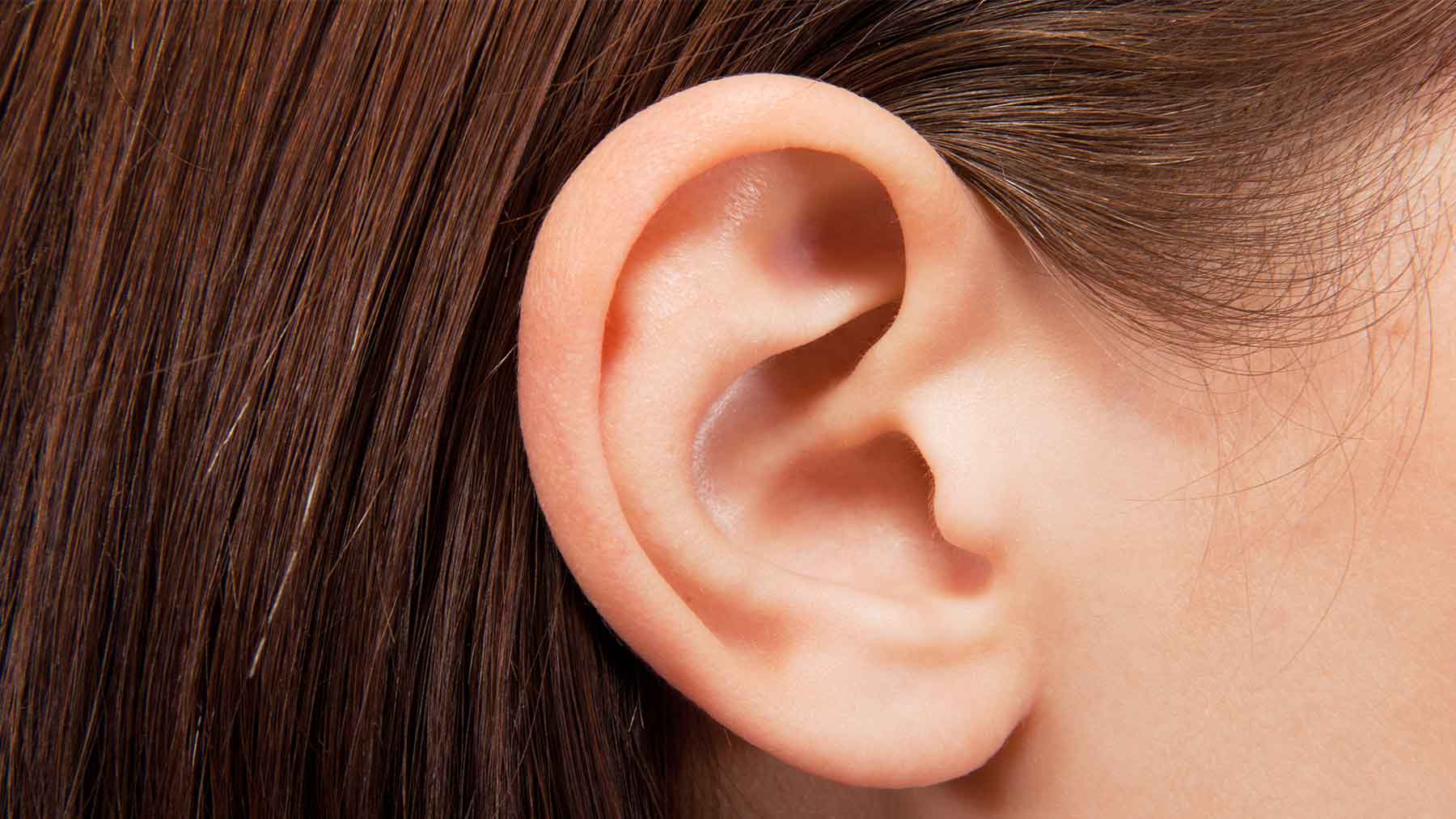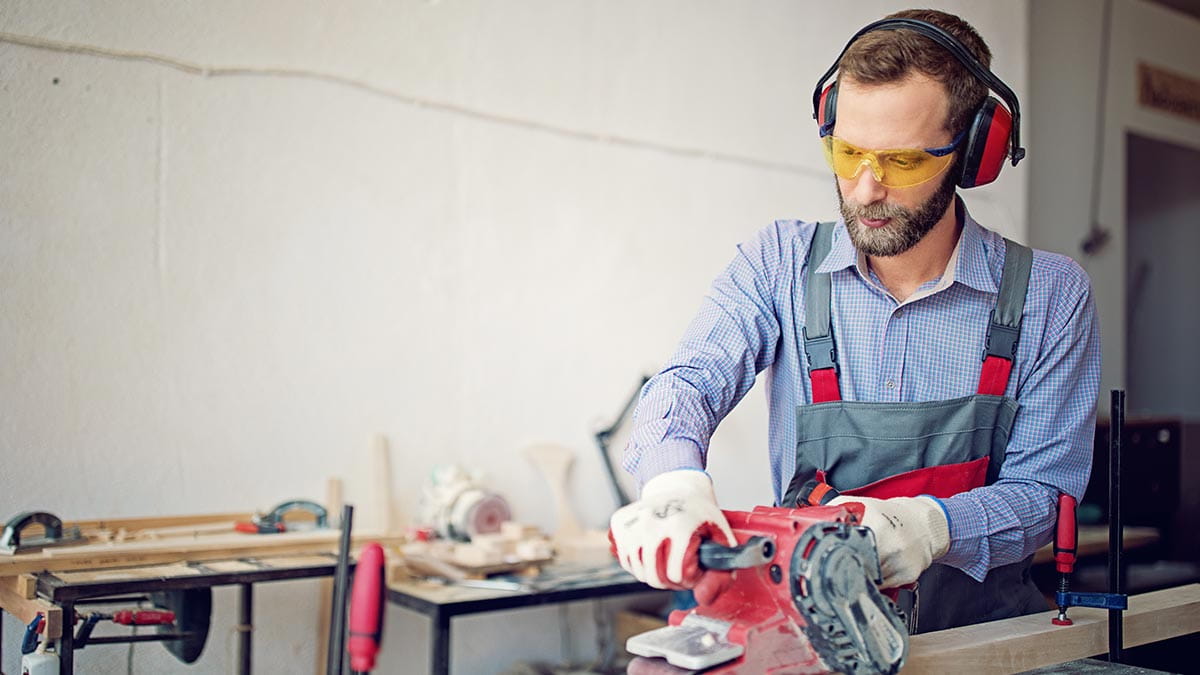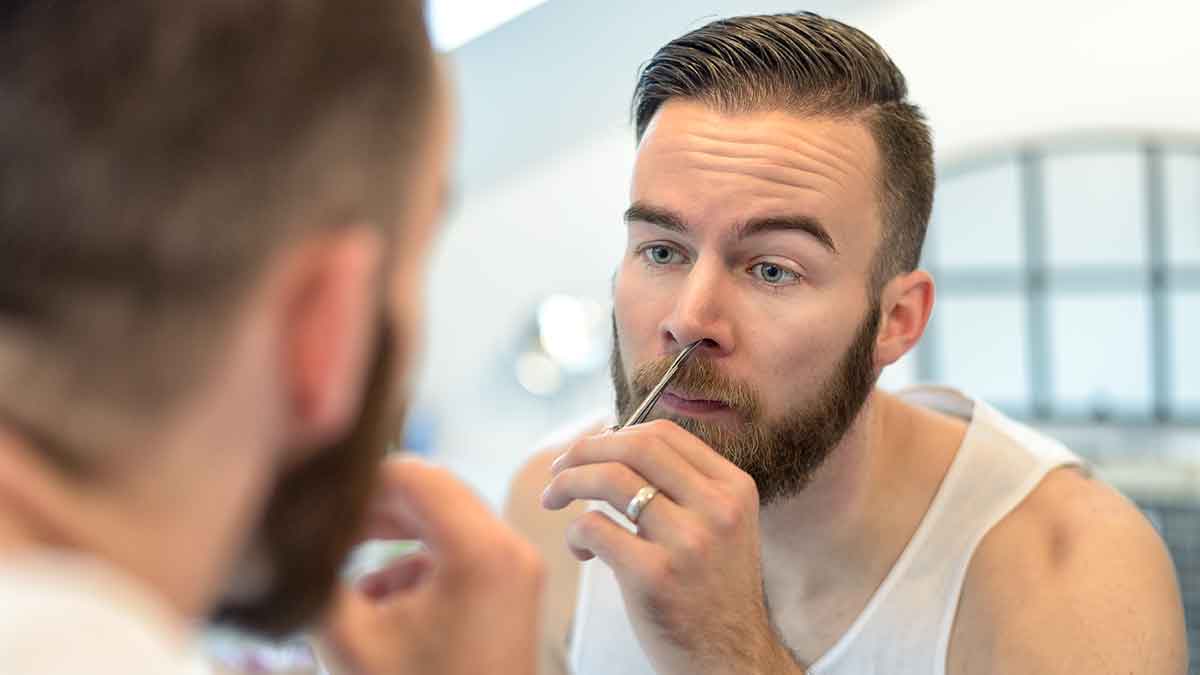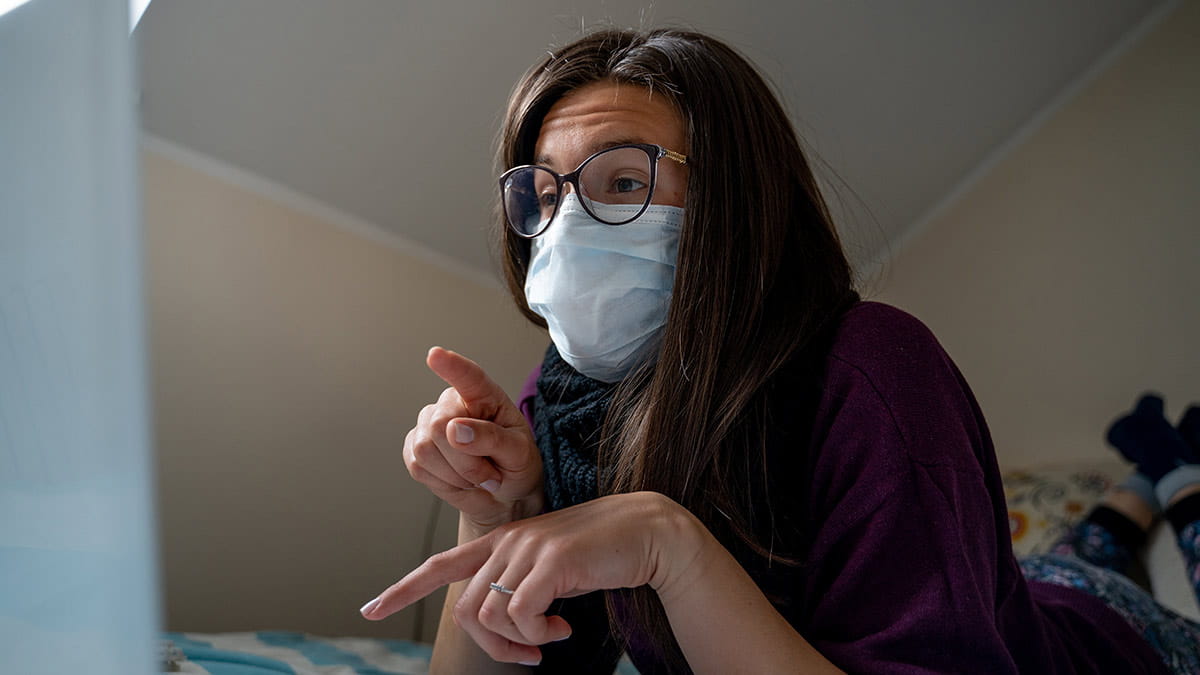Dealing with earwax buildup

If your first instinct is to fix an earwax blockage by digging around in your ear with a cotton swab, I’d recommending thinking twice before doing it.
It’s not really safe to stick anything smaller than your elbow in your auditory passageways. Not only could you scratch your ear canal or eardrum, you risk pushing the earwax father into your ear, which can lead to more buildup.
Earwax blockages can happen to the best of us, so what are you supposed to do if you have one?
What is earwax?
Earwax is a normal, naturally occurring substance that helps your ear stay healthy.
Earwax helps to prevent debris, dirt and other things from entering the ear canal, and also helps to prevent infection. In fact, the ears are self-cleaning, and old earwax, along with dead skin cells, gets moved from inside the ear to the ear opening, where it eventually falls out.
Earwax can be considered wet or dry. Wet earwax is usually a golden-yellow to brown color with a pasty consistency. Dry earwax can be hard and crusty and may have a lighter color than wet earwax. The type of earwax you have depends on your skin type and your ethnicity – it doesn’t really say anything about your ear health.
Sometimes wax hardens, forming a blockage that leads to symptoms like an earache, feeling fullness in your ear, a ringing sound in your ear, decreased hearing and dizziness.
What’s the best way to remove earwax?
If you want to remove earwax safely at home, you shouldn’t use cotton swabs or wax candles. Instead, there are a few helpful steps for getting rid of earwax safely.
1. Try to soften the earwax
Take a clean eyedropper filled with baby oil, mineral oil, glycerin or hydrogen peroxide and put a few drops into your ear canal. You can do this lying down with the affected ear up before you put the drops in. Stay still for a few minutes to make sure the liquid gets in there before sitting up.
2. Use a warm water rinse
The wax may take a day or so to soften. After you’ve waited a few days, take a rubber-bulb syringe, fill it with warm water and squirt it into your ear canal. Tilt your head to the side to straighten your ear canal so it’s easier for the water to seep in. Then bring your head back up to allow the water to run out.
3. Dry your ear
Once the water drains, gently dry your outer ear with a towel. Depending on how bad your blockage is, you may have to do this a few times to unblock it.
If at-home methods don’t help get your ears unblocked, consult your doctor so they can assist.
Brad deSilva is an otolaryngologist at The Ohio State University Wexner Medical Center.




